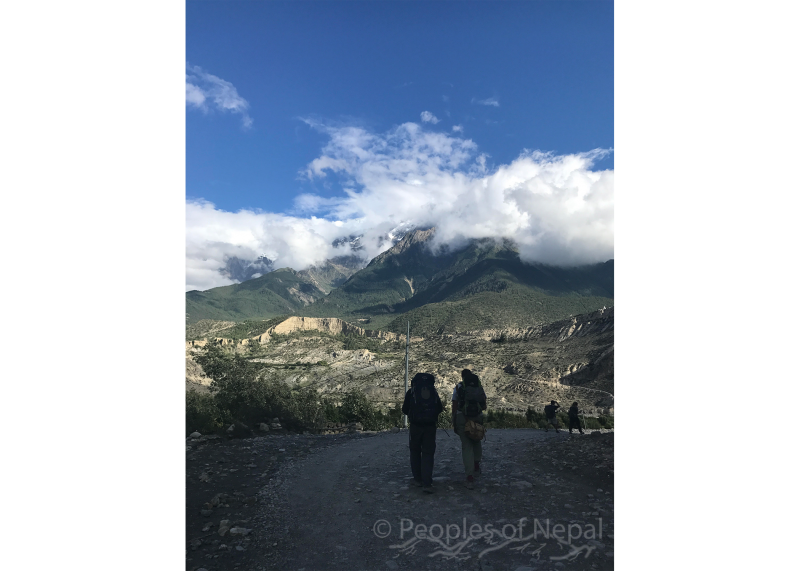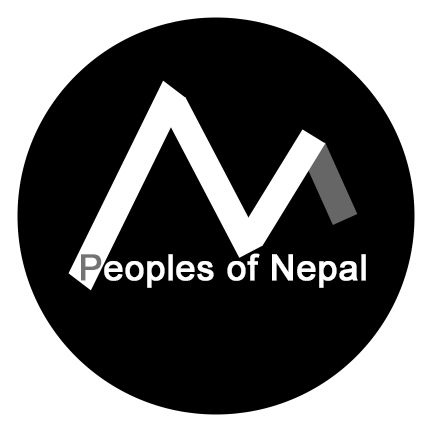How high did you say?!
 Nepal is a place that can be known for the diversity of its landscapes. There are areas of dense jungle, dry deserts, and hot plains. Throughout our time on the third trek, we traversed around the Lower Mustang region that, as it was described to us, is part of the high mountain region. Up to this point we had barely made it up to elevations of 9,000 feet, while climbing a cell phone tower perched on a hill, in order to catch a glimpse of the beautiful scenery that was surrounding us. As we quickly found out, the difficulty that we had experienced there was child’s play compared to what we soon would face.
Nepal is a place that can be known for the diversity of its landscapes. There are areas of dense jungle, dry deserts, and hot plains. Throughout our time on the third trek, we traversed around the Lower Mustang region that, as it was described to us, is part of the high mountain region. Up to this point we had barely made it up to elevations of 9,000 feet, while climbing a cell phone tower perched on a hill, in order to catch a glimpse of the beautiful scenery that was surrounding us. As we quickly found out, the difficulty that we had experienced there was child’s play compared to what we soon would face.
After our 24 hours of traveling by bus we finally arrived in the city of Jomsom which was 9,000 feet at its lowest point. Over the next few days we traveled around the surrounding area visiting sacred caves, eating korpani (a type of fruit that is full of water), and learning so much about the surrounding people. During that time some of us began to feel the effects of the altitude as each breath became more of a struggle and water all the more important to function.
We soon left for Muktinath which contains one of the holiest sights for both Hindus and Buddhists. At the highest point that we recorded, we were standing at an astounding 14,000 feet above sea level and the air was extremely thin. Even laying in bed it was hard to breathe. After breaking out the altitude sickness medicine, we attempted to explore the “bowl” we were situated on and quickly realized that we would need extra time to survive this trek. Frequent breaks full of rest, deep breathing, and water were the only things that were able to slow our ever quickening heartbeats.
Even though it was a trial to continue moving forward, Lower Mustang offered some of the most beautiful scenery on the planet that made every laborious breath worth it.
